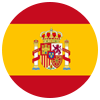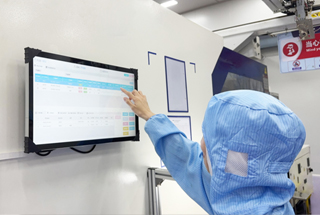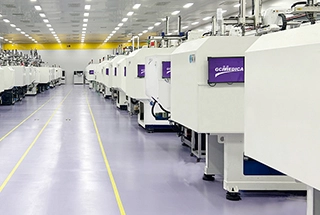A chest drainage system (CDS) is a medical device designed to remove air, blood, pus or other fluids from the pleural space, thereby re‑expanding the lung and restoring normal intrathoracic pressure. Typically employed following thoracic surgery, trauma, or in the management of pneumothorax and pleural effusion, a properly configured CDS ensures continuous and safe evacuation while preventing backflow of air or fluid into the pleural cavity.
The basic components include a chest tube, a three‑chamber drainage collection unit, and connecting tubing. The proximal chamber collects fluids and provides a visible measurement of output; the middle chamber, often called the water‑seal chamber, acts as a one‑way valve to prevent air reentry; and the distal suction control chamber regulates negative pressure, either by gravity or wall suction. Prior to insertion, verify device integrity, ensure all connections are airtight, and confirm appropriate water levels in the seal and suction chambers according to manufacturer guidelines.
After chest tube placement, secure all tubing to the patient’s gown to minimize tension. Position the drainage unit below the chest level to promote gravity drainage and prevent retrograde flow. Regularly monitor the fluid level and character, noting hourly output and marking trends. Observe for bubbling in the water‐seal chamber: persistent vigorous bubbling may indicate an ongoing air leak, whereas absence of any fluctuation with respiration could signal tube obstruction or lung re‐expansion. Adjust suction based on clinical orders, ensuring that the suction gauge reflects the prescribed negative pressure, typically between –10 and –20 cm H₂O.
Routine nursing checks should include assessment of insertion site for signs of infection or subcutaneous emphysema, confirmation of tube patency by gentle palpation and verification of fluid movement, and evaluation of the patient’s respiratory status. When the therapeutic objectives are met and output diminishes to acceptable levels, under physician guidance, the chest tube can be clamped momentarily to confirm lung stability before removal. Proper adherence to CDS instructions is vital to optimize patient outcomes, minimize complications, and facilitate safe, efficient recovery.
Related Products


 Français
Français Español
Español Products
Products

 About Us
About Us












